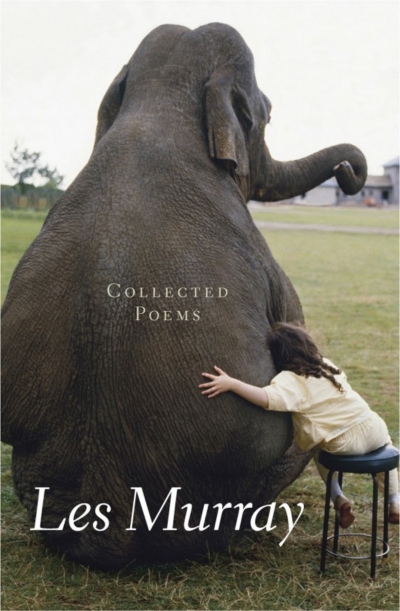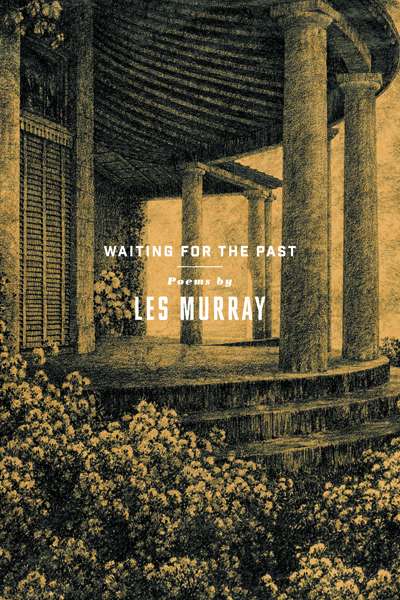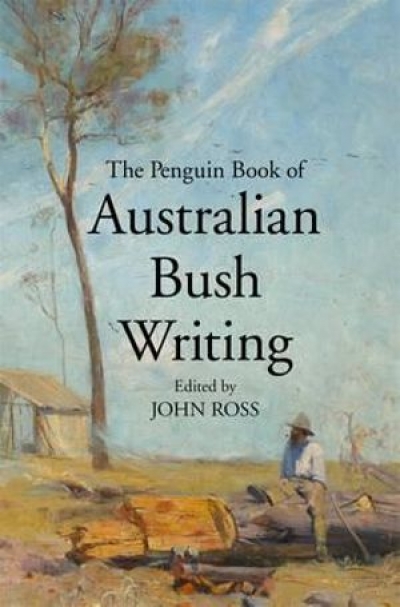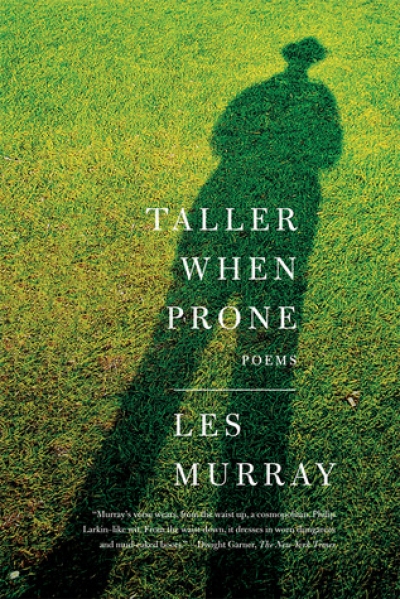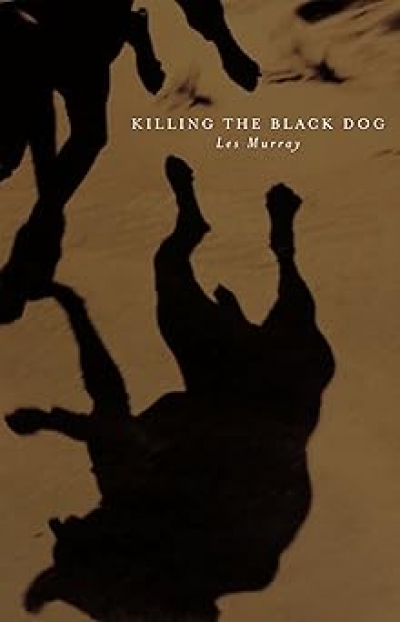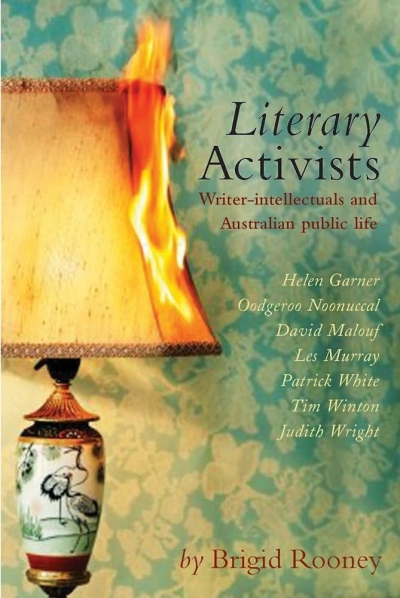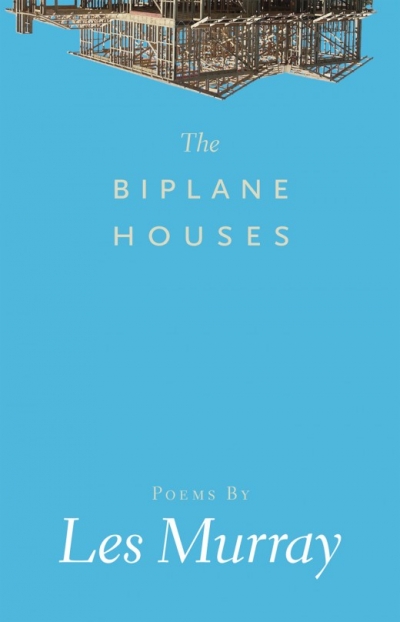Les Murray
A seven-hundred-page Collected Poems? The cover photograph of the Big Bloke himself is an embodiment of what’s inside in all its sprawling abundance. As is his surname, which can’t help but invoke our country’s big river, whether in full flood, or slow trickle, or slow spreading billabongs ...
... (read more)My first reaction on picking up Les Murray’s new collection, Waiting for the Past, was to note how handsomely produced it is ...
... (read more)The octopus is dead
who lived in Wylies Baths
below the circus balustrade
and the chocked sea tiles.
In his polemical Introduction, Les Murray notes that Quadrant was founded sixty years ago by poet James McAuley, the ‘stern formalist’ who ensured that poetry occupied a prominent place in the magazine. Poetry has continued to be central to Quadrant, its profile not waning under Murray’s stewardship as ...
... (read more)The Penguin Book of Australian Bush Writing edited by edited by John Ross
Twinings has recently introduced a new tea flavour called ‘Australian Afternoon Tea’. On the box is an image of kangaroos silhouetted against a red rocky background, which is a sort of amalgam, or perhaps amalgum, of Uluru and Kata Tjuta. This book is like that tea – more Australian than Australia, in a packaged, labelled form that relies heavily on recognition, stereotype, and sentiment. I have to admit that when I started reading the Introduction I thought it might be a parody, but perhaps that just shows jaded sensibilities. Nevertheless, I am not convinced that as ‘Australians we carry a certain vague longing for the bush’. Perhaps I am not drinking the right tea.
... (read more)It is a critical truism, if not a cliché, that poetry estranges: it makes things strange, so that we can see the world and ourselves afresh. Defamiliarisation, the uncanny, even metaphor, are all fundamental to poetry’s estranging power. Unsurprisingly, madness, vision and love have also long been poetry’s intimates, each involving the radical reformation – or deformation – of ‘normal’ ways of seeing the world. One might describe poetry as surprisingly antisocial, since poets have from ancient times been associated with social isolation, distance or elevation, as well as with madness.
... (read more)Lawrence warned us not to trust the teller, but to trust the tale. Nevertheless, all writers are apt to suffer the fate of being confused or conflated with their works. Maybe it is part of what Goethe entitled Dichtung und Wahrheit. If truth is going to be let into poetry, many readers want to know the facts about the poet: both the jubilant facts and the disconcerting ones. This is not merely irritating nosey-parkerhood. The shimmering glamour of writers is inevitably part of their stock-in-trade. A Byron, a Plath, a Rimbaud, Dickinson or Dylan Thomas has become inseparable from that poet’s reported life, dazzle, sex and dirt. An early death helps no end. It is an example of fatedness which Al Alvarez explored years ago in The Savage God (1971), a title he derived from Yeats talking about Charles Conder and his decadent allies of the 1890s.
... (read more)Literary Activists: Writer-Intellectuals and Australian Public Life by Brigid Rooney
While rehearsing in Martin Place for the recent Sydney Festival, my daughter found herself dancing on a plinth while a heckler below chanted ‘Wanker!’ throughout. On another platform, her fellow artists, all of them performing their intricately choreographed work, endured the calls of another passer-by, ‘You’re so predictable!’ In Australia, everybody’s a critic.
... (read more)Biplane Houses by Les Murray & Collected Poems by Les Murray
Perhaps only John Shaw Neilson and Judith Wright have brought an equal sense of place to Australian poetry: the sense of place as a fact of consciousness with geographic truth. But in his latest collection, Biplane Houses, Les Murray considers more airy habitations – flights, cliff roads and weather – and the collection has a matching airiness that is only sometimes lightness ...
... (read more)Annual anthologies of Australian poetry are, or should be, a good way to get an overview of the local poetry scene, as well as an opportunity to greet new poets and to keep in touch with established ones. This selection from more than a hundred poets fulfils that function pretty well, having a range of old and new names, styles and themes, even if the sourcing of the poems does seem weighted in favour of Quadrant, of which Les Murray is poetry editor. It’s the hubris in the title – Best Poems – that makes one cantankerously inclined to point to incomprehensible omissions. Readers with a mind to play that game can scrutinise some of the contenders that Murray passed over by reading Peter Porter’s rival anthology (David McCooey reviewed UQP’s Best Australian Poetry 2005 in the October 2005 issue of ABR). We have to accept, I think, that any anthology cannot help but bear signs of its editor’s preferences and prejudices, and no anthologist can hope to read every poem of the year. What matters, bearing in mind the need to be reasonably representative, is whether the chosen poems are good ones (although Some Good Australian Poems of 2005 might not be a highly marketable title).
... (read more)

